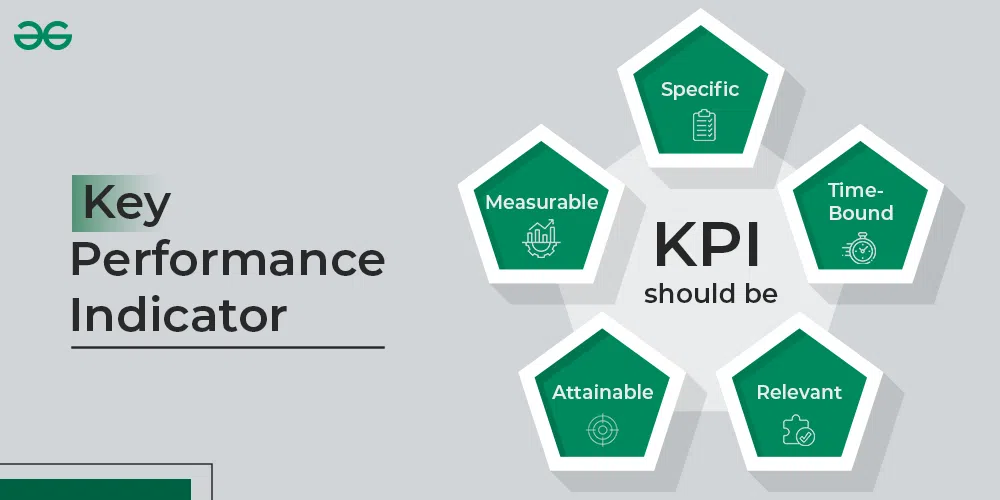Key Performance Indicators (KPIs) are an set of metrics that helps determine how good an organization is actually doing in achieving their key goals. They represent a measurable method for assessing advancement and achievement. KPIs work because organizations track them and use this information to make decisions that improve performance.
Types of KPIs
There are different types of KPIs:
Leading Indicators — These are indicators of future performance or indicators which can help in forecasting the trends. These may include customer acquisition rate, employee satisfaction and marketing campaign effectiveness.
Lagging Indicators: These measure the past performance and can be used to define the overall health of an organization. For instance, customer retention rate, revenue growth and profit margin.
Operational KPIs: These type of kpis measure the daily efficiency and effectiveness of an organization. This can include metrics such as output, cycle time, and defect rates.
Financial KPIs — as its name suggests; this reflects the financial standing of an organization. Some examples of these are revenue, profit margin, and return on investment.
KPIs Related to the Customer: These focus on customer satisfaction and loyalty. These include customer satisfaction, net promoter score and customer retention rate.
How to Implement KPIs
Identify Mission Critical Objectives: Clarify the strategic goals and objectives of the organization.
KPIs Should be Rolled Out: Roll only such KPIs, which will help you to measure the performance of your plans in alignment with Jun 2024 the goals of the organization.
Create Baselines: Set baseline performance metrics for tracking progress.
Create a system for Information Gathering: Design it to gather and analyze data.
Keep an eye and Analyze: Monitor KPIs regularly, analyze the trends of performance.
Management — solve the issues: discover and fix performance gaps.
Communicate and Share: Inform relevant stakeholders about KPI information.
Benefits of Using KPIs
Better Decision Making: KPI data can be used to make more effective decisions.
Improved Performance: By tracking KPIs, it can help find and areas of improvement to bring the performance to an optimum level.
Improved Accountability: KPIs can make people and teams accountable for their performance.
Ensure That Day-to-Day Activities Are in Line with Long-Term Goals: Strategic AlignmentArrange and And set your daily tasks strategically.
Improved Communication: KPI can assist in communication and cross-department sharing.
Leveraging KPIs to their fullest enables the organization to build performance, make the right decisions, and accomplish their strategic goals.



